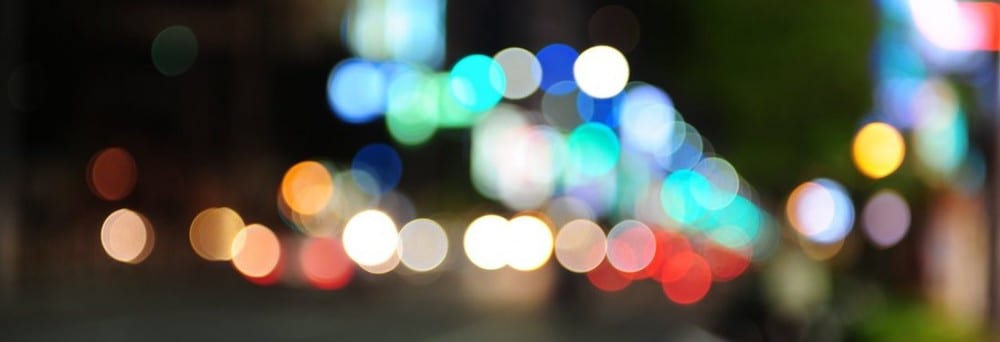Currently QR (quick response) cords are the fastest way to access information. By simply scanning a pixilated code printed on any surface you are taken into a digital world. This advance of technology may be used to introduce an entirely new movement within the artistic culture. In an article entitled, ‘Invisible visualities: Augmented reality art and the contemporary media ecology’, Amada Starling Gould explores AR (Augment reality) artists phenomenal use of technological tools such as QR codes to reveal their work, therefore illuminating a new perceptive on media – media that exists a form of expression.
Inspired by AR artist Tamika Thiel work entitled ‘Transformation’, I began to think that as a collaborative group ‘AR’ artists what we are trying to communicate through the use of QR codes. Simply using of QR codes to show the pace at which technology in growing within our society in not enough to feed purpose into our performance. The QR codes and the portable devises used to scan these codes are only vehicles that allow a person’s mind to travel to a different space. However, in order for this ‘travel’ to happen, there need to be a purpose or depth created within the already existing space, as shown in ‘Transformation’.
After spending an evening observing Lincoln high street and the Brayford, I considered the essence of invisible visualities. This artistic style make art accessible only through a digital devise, however it does not compromise the essence of traditional art, which is to enlighten and/or express an idea, perspective, emotion etc. After watching the people on the high street and the Brayford I found that I was more curious about the lives that lived behind the faces I saw, these lives would only be accessible to me if A) I approached the people and asked them; and B) the people were willing tell me. I began to wonder what if I could access these people’s stories and thought by simply scanning a code that is printed on them. Would that create a society of people who would be more concerned about the strangers they pass every day?
Gould, A. S. (2014). Invisible visualities: Augmented reality art and the contemporary media ecology. Covergence: the international journal of research into new media Technologies, 26-32.
schoen, c. (2012, November 22). Tamiko Thiel: Tranformation. Retrieved from YouTube: https://www.youtube.com/watch?v=XdB62q8tZCA
